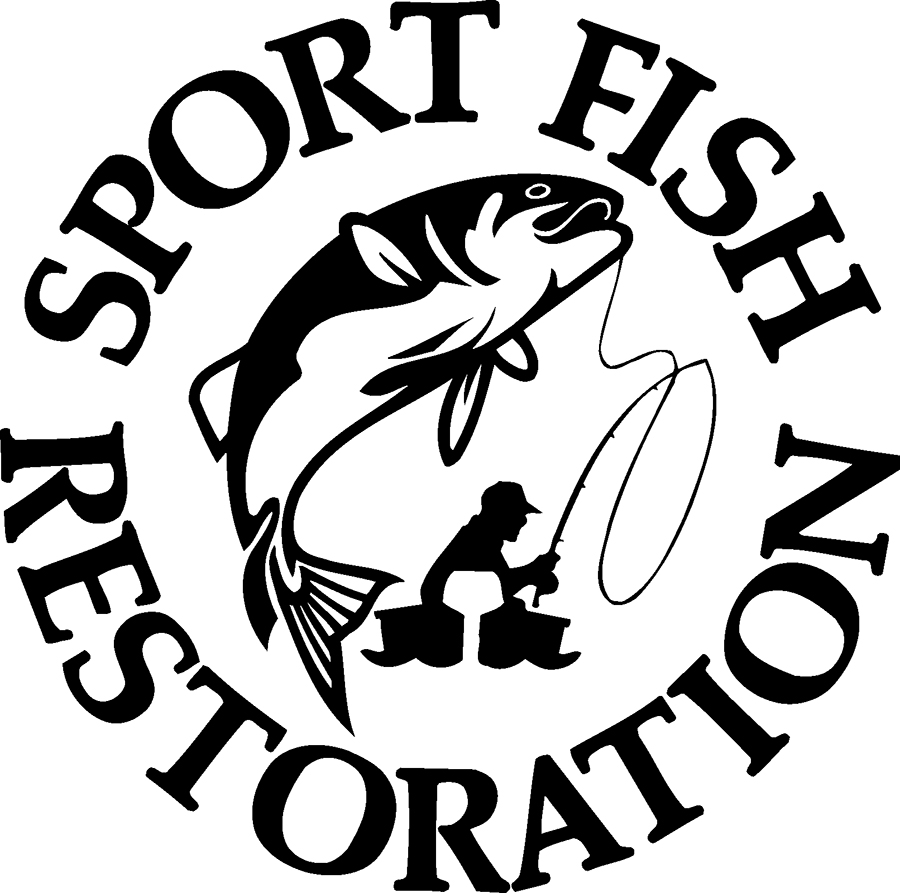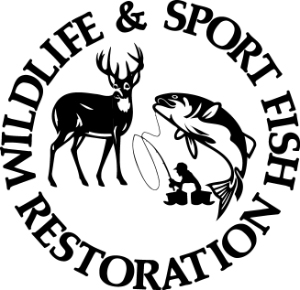April 6, 2016
Wildlife and Sport Fish Restoration Program Set to Distribute $123 Million for Conservation in the Southwest
The U.S. Fish and Wildlife Service (Service) recently announced the nationwide distribution of more than $1.1 billion in revenues generated by Pittman-Robertson Wildlife Restoration and Dingell-Johnson Sport Fish Restoration Acts. All four states in the Service’s Southwest Region have the opportunity to share in this distribution of conservation funding.

In 2016, $123,356,617 will be available to the states of Arizona, New Mexico, Oklahoma and Texas. The money supports essential conservation endeavors performed by state fish and game agencies and is derived by excise taxes, a user-pay user-benefit system, paid on gear for fishing, boating, shooting and hunting.
“Hunters, shooters, anglers and boaters have done more to fund essential conservation work than any other group,” said Cliff Schleusner, Chief of the Wildlife and Sport Fish Restoration (WSFR) Program in the Service’s Southwest Region. “The Service delivers the money to on-the-ground projects that prove beneficial to fish and wildlife and access to outdoor recreation. The WSFR Program has a profound influence on conservation and the economy and our heritage of outdoor pursuits.”
 The WSFR Program has facilitated impressive conservation partnerships since 1937. Over these intervening 79 years, more than $18 billion has been generated for the betterment of wildlife, fisheries and boating access. Fishing and hunting license revenues paid to state fish and game agencies by hunters and anglers are used in part to match the conservation funding coming from WSFR, approximately $5 billion to date.
The WSFR Program has facilitated impressive conservation partnerships since 1937. Over these intervening 79 years, more than $18 billion has been generated for the betterment of wildlife, fisheries and boating access. Fishing and hunting license revenues paid to state fish and game agencies by hunters and anglers are used in part to match the conservation funding coming from WSFR, approximately $5 billion to date.
This conservation funding goes to where it is needed—on the ground or in the water—for projects that directly benefit fish and wildlife or improve access to outdoor endeavors. The four states are eligible to use the following amount of funds in 2016: Arizona $25,896,359; New Mexico $20,830,305; Oklahoma $23,945,446; Texas $52,684,507.
Some recently completed projects exemplify the use of WSFR funding.
Arizona: The world-class Ben Avery Shooting Facility, owned by the Arizona Game and Fish Department in north Phoenix, hosts more than 120,000 shooters of all ages each year, including regional- and national-class shooting competitions. Hunters hone their skills and young shooters might pull their first trigger on the firing line with trained safety officers nearby.
New Mexico: The New Mexico Department of Game and Fish trapped 47 wild turkeys near Cimarron, New Mexico, and released them in the Guadalupe Mountains inside the Lincoln National Forest, following prescribed burns and forest thinning designed to improve wildlife habitat.
Oklahoma: The Oklahoma Department of Wildlife Conservation improved boat ramps, docks, lighting and fish cleaning stations at Grand Lake O' the Cherokees near Tulsa, Oklahoma. The lake was the site of the recent Bassmaster Classic.
Texas: The Texas Parks and Wildlife Department recently used WSFR dollars at the Sea Center Texas, at Lake Jackson; CCA Marine Development Center, Corpus Christi; and the Perry R. Bass Marine Fisheries Research Station in Palacios, Texas, where scientists research and raise red drum, spotted seatrout and southern flounder—sport fish species important to the economy and coastal ecology. The red drum population in Texas bays has rebounded to near-record highs. Red drum are stocked in nine bays along the Texas coast.
To learn more about the WSFR Program in the Southwest Region, visit: www.fws.gov/southwest/federal_assistance


